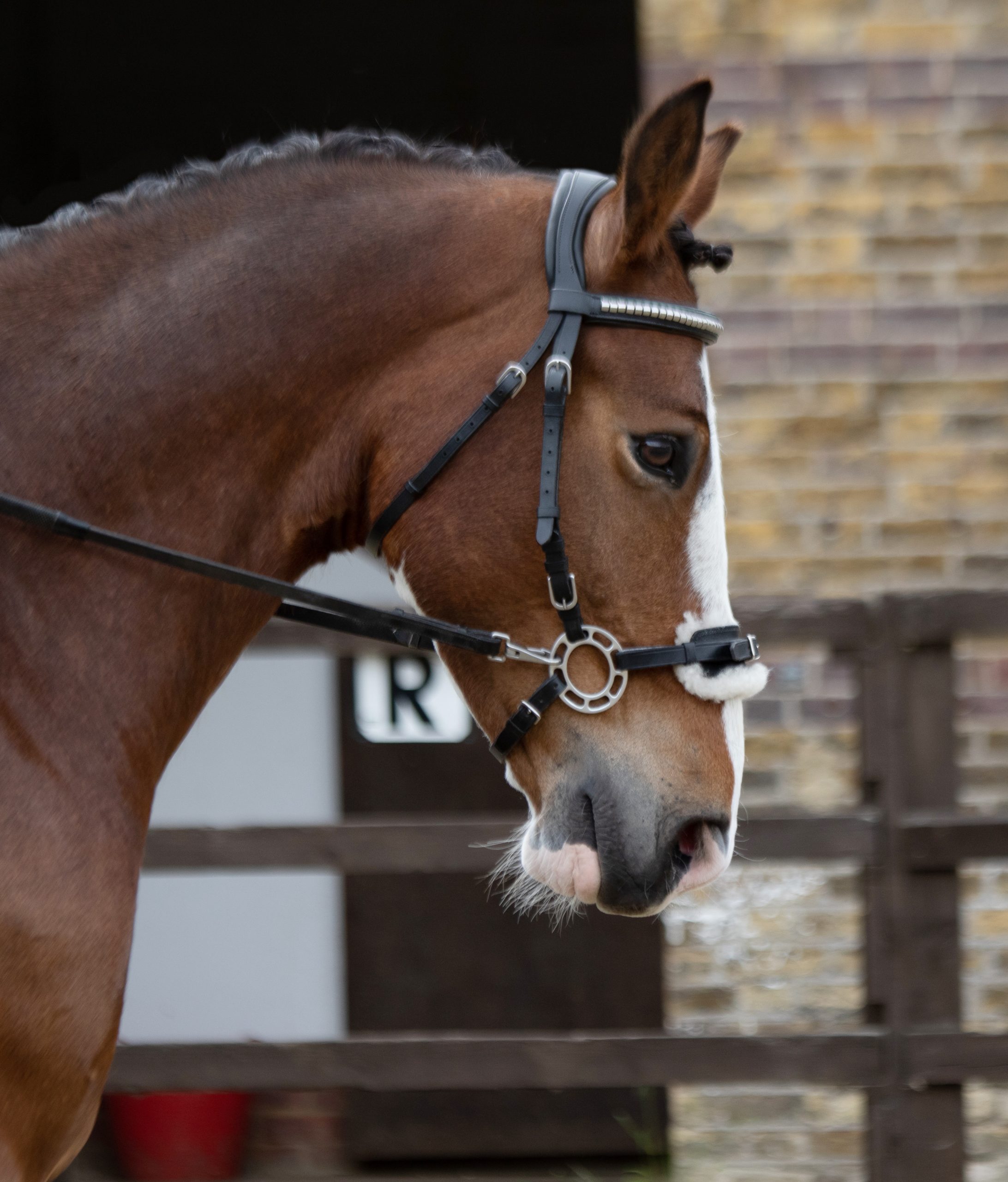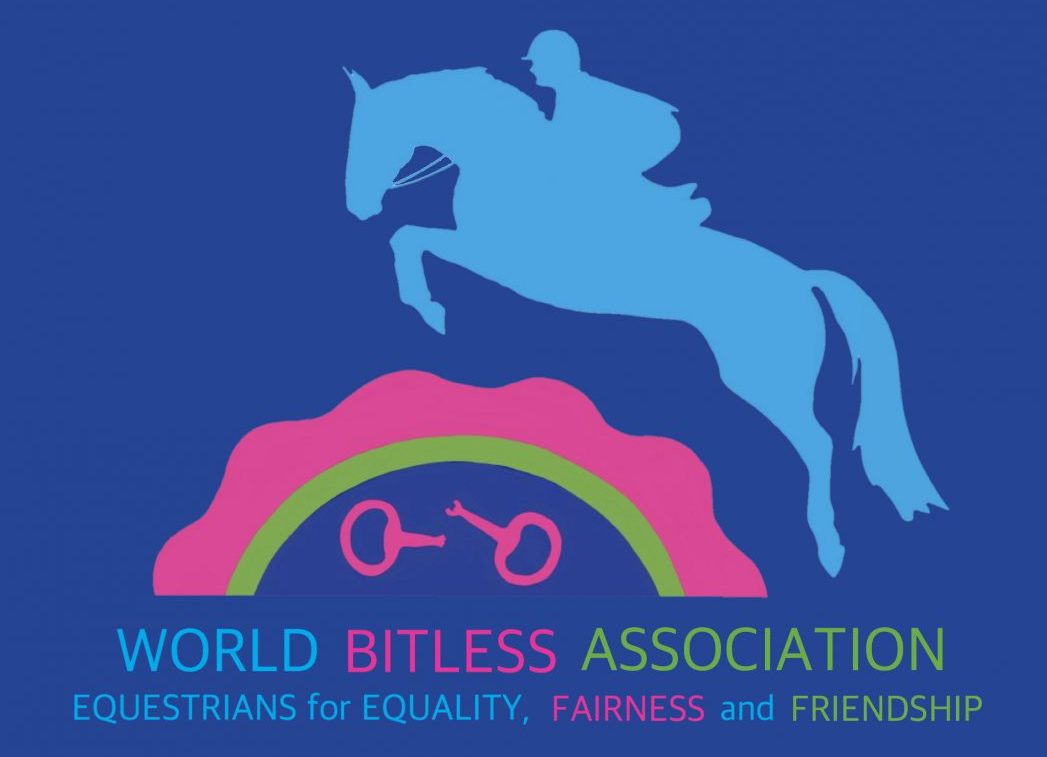A Bit of a Problem in Equine Welfare – The role of the Veterinarian

World Bitless Association Interview
with Veterinarian Expert in Horse Welfare Dr Andrea Harvey BVSc PhD DSAM (Feline) DipECVIM-CA MRCVS MANZCVS (Animal Welfare)
- Thanks for talking to us Andrea could you tell us something about yourself and your horses?
I’ve been a vet for 24 years, first in the UK and now in Australia. Although my passion for horses since an early age is what drove me to become a vet, I ended up training to be a Specialist in small animal internal medicine and kept my horse passion as a hobby for the first half of my career. However, I then completed post graduate qualifications in animal welfare science, and a PhD in wild horse ecology and welfare, and have now worked in horse welfare for the last 10 years.
I had a pony since a teenager when I used to compete in show jumping and showing. After vet school I got a Connemara x TB that I did some riding club and dressage with and I actually brought this horse, Connie, over from the UK to Australia with me when I moved here. She is now largely retired, in her late 20s, and my main riding horse now is a QH x Arab called Nyx.
Living in a remote region and being time poor I no longer compete, but enjoy trail riding on our property. I am lucky enough to live on an 800-acre property in rural NSW, Australia where I also run a horse sanctuary for wild horses, known as ‘brumbies’ in Australia.
Since starting this about 10 years ago, training these horses all the way from first touching to saddle starting has been my hobby, so I have a number of brumbies at different stages of training. Then I also have many older ones that are just left to be horses, living in herds but with any additional TLC that they require!
- What benefits have you seen in your own horses that have switched to bit-free?
Connie, my Connemara x TB, is the horse that I transitioned from a bitted bridle to bit-free riding. She was an extremely sensitive mare, hyperreactive, ‘excitable’, and strong, especially in open spaces and when jumping. She didn’t have great ‘brakes’. Like many people, I increased the strength of bit in these situations, using a ‘Dutch gag’ for cross country.
It seems so obvious now that she was running from the discomfort and anxiety of bit pressure, but of course it wasn’t obvious at the time, as I was myself ‘bit-blind’ back then.
It was only when I moved to Australia and worked with a trainer that never used bits, that I transitioned and was just amazed at the results!
This previously hyperreactive strong mare I could now canter relaxed across hundreds of acres of open land with no pulling and no ‘hyperexcitability’ (of course what we often refer to as an ‘excitable’ horse is frequently actually anxiety associated with bit pain or fear).
Since then, I have only started horses’ bit-free so haven’t ridden any other horses in a bit for the last 10 years. And I have never had any horses since, that have behaved excitable or hard to control. It is evident that the horses are so much more relaxed, and consequently more responsive to very light aids, and never pull, when they don’t have the discomfort and anxiety associated with a bit. My overall relationship with them is also enhanced as a result.
- What are the key welfare issues of the use of bitted bridles in leisure and in competition riding?
There are a range of welfare issues associated with oral discomfort, and interference with the upper airway, both of which can go on to cause secondary issues.
Secondary respiratory disorders are likely to be more common in competition horses. In leisure and competition horses, secondary behavioural and training problems associated with bit induced discomfort and anxiety are also common. And then how those secondary problems are addressed can lead to even more welfare issues. Because, if there is a failure to recognise bit induced discomfort and anxiety, as a cause of these problems, it is common for actions to be taken (like using a stronger bit or a tighter noseband) that further increase discomfort and anxiety, rather than removing the cause of it.
So many facial expressions, mouth movements (such as tongue out, mouth open, salivation) and head movements (such as throwing head up, pulling, head tossing or shaking) are so common in ridden horses that we have come to accept them as simply being normal.
One thing that really stands out after years of research on wild horses, is that none of these features are seen in non-ridden healthy horses, and that is because they are never experiencing bit-induced oral discomfort.
- Bit-Blindness could also be described as the ‘elephant in the room’, we know bits can hurt horses and yet we are all too often prepared to dismiss this challenging thought from our minds, relying instead on the played-out response ” Its tradition, or it’s in the rules” How can vets help to change owners perceptions of what welfare is in action?
Yes, I think this is all part of the human fear of change, not wanting to admit that you’ve got something wrong for a long time and that there is a better way, and defensiveness because people do love their horses and of course don’t want to think that they’ve been hurting them.
But we need to stop burying our heads in the sand and move beyond this.
Vets are also human and so are guilty of all the same things, in addition to having the worry of not wanting to create any conflict with their clients, potentially at the risk of losing clients.
But we need to have the courage to educate our clients and the broader equestrian industry, to be understanding, not judgemental, to encourage and support positive change through incremental changes and education.
- We would love to see more Veterinarians supporting bit-free options, how can we help to further this conversation?
Unfortunately, ‘bit-blindness’ is probably just as common in the veterinary profession as it is in the wider equine industry. One would hope though that with their scientific understanding that it may be easier to educate veterinarians in this area.
I think more education specifically directed at vets within mainstream veterinary education, both undergraduate and postgraduate would really help to further this conversation.
I’ve been pleasantly surprised how well received my article in the Centre for Veterinary Education journal has been amongst colleagues, and I have horse rider veterinary colleagues that have started trying bit-free riding after reading the article.
- Do you agree that the current scientific evidence is unequivocal that bit-induced mouth pain, suffocation etc., is a significant welfare issue? WBA believe that the time for words has passed, it is now time for action by the FEI and the International Equestrian Federations to change the rules, to allow the choice to use horse friendly bit-free bridles in all horse sport, do you agree?
Yes, the scientific evidence is unequivocal and simply can’t be ignored any longer.
- The evidence has proven bits are a negative welfare issue, what happens to horse sport if the welfare changes according to the burgeoning evidence submitted to the FEI is not adopted?
The social license of horse sport is really at serious risk for many reasons.
Ability to access knowledge has never been easier, so the broader public can easily educate themselves on any issues like bit-induced pain, as well as the success of alternatives like bit-free or even bridle-free riding.
There has also been a rise in exposures of cruel training practices given the ease of discrete filming now and ability to disseminate video footage rapidly and widely via social media. Combined, the equine industry is not looking great to the outside world and authorities like the FEI need to act quickly and appropriately if the social license of horse sport is to be maintained.
The use of bits should be a really, easy area, to address in a positive way, that would send a strong message to society, that horse welfare is being taken seriously and really important positive actions are being taken.
Big changes don’t happen overnight, but simply allowing the choice to be able to ride bit-free in competitive horse sport would be an enormous step forward in both horse welfare, and in substantially improving the social license of equestrian sport.
